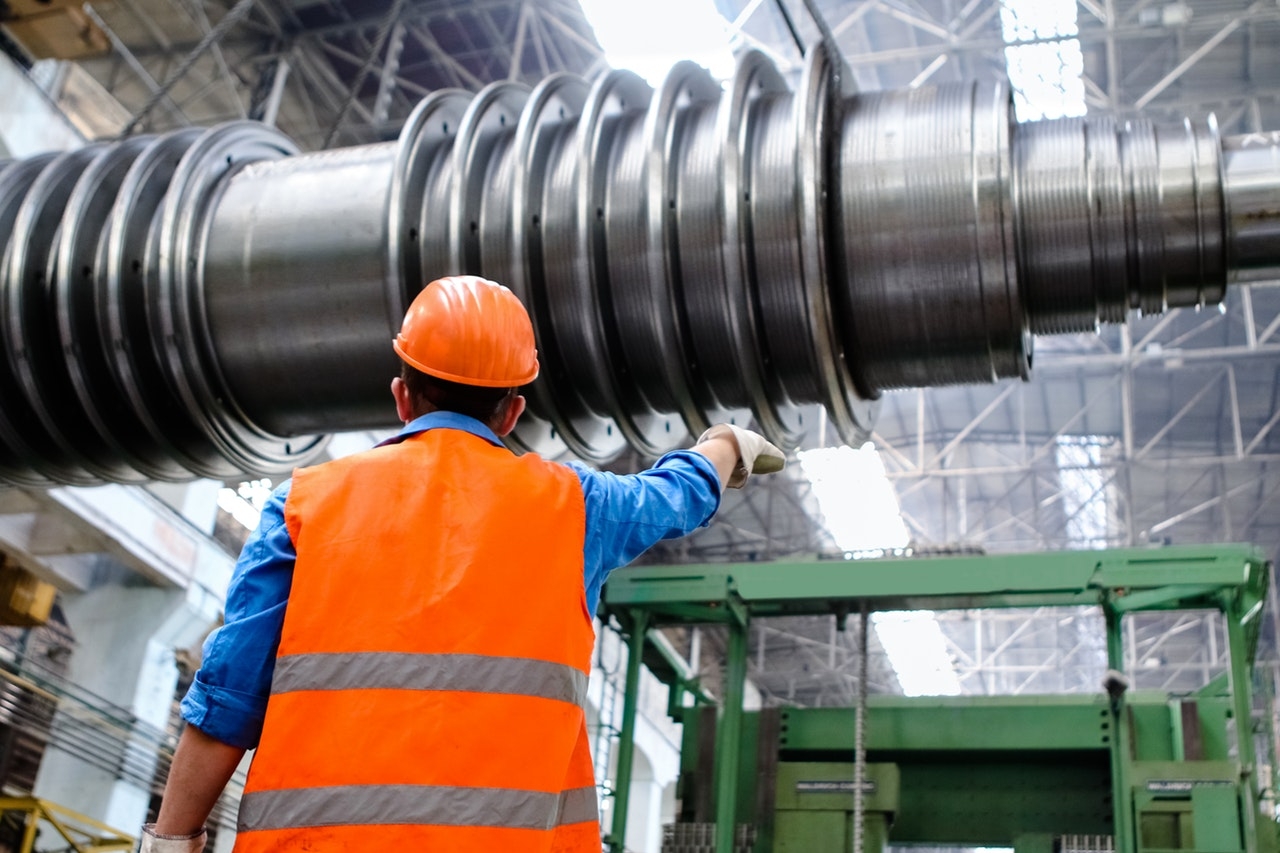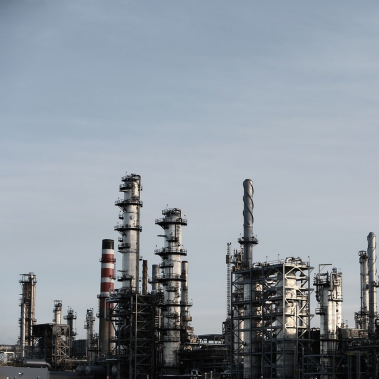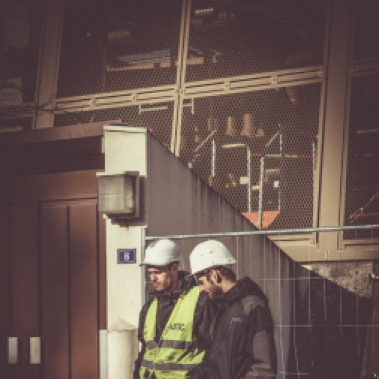As the oil and gas industry emerges from a painful downturn, how will companies adapt their people strategy to thrive in a new environment? Read this article to learn how to build your energy workforce for the future by shifting to a fluid talent model.
How the Talent Ecosystem for Oil and Gas Companies Is Shifting: Tapping into the New Contingent Workforce
Could moving to a contingent workforce create opportunity for both energy workers and companies?
As the oil and gas industry emerges from a painful downturn, executives are figuring what it’s going to take to drive their energy businesses forward. For organizations to thrive – or even survive – in a new lean environment, it will take future-focused leaders and a new way of thinking about talent and the energy workforce.
People will continue to remain at the forefront of the future of oil and gas, but the energy talent market will be substantially different. Increasingly, temporary workers will gain ground on permanent employees in the next five to ten years as companies seek cost savings and as a new generation of workers look for greater flexibility and mobility.
Increased digitization, automation and robotics are impacting the business models for energy companies, leading to a shift in the types of jobs that they need to staff. With more short-term, fast-developing projects requiring quick-to-hire temporary talent, more and more oil and gas companies are taking a flexible approach to their talent model, which requires tapping into a broader talent ecosystem that includes contingent workers.
How to Start Building Your Oil and Gas Workforce for the Future
A workforce built for the future is one of seven key drivers for creating positive disruption and sustainable performance for oil and gas organizations.
As you think about how you approach workforce planning and strategy, read this article to learn how a flexible talent model and contingent workforce can help you to succeed in the future of work. Here’s what you’ll find:
- Why preparing for – and succeeding in – the future of work starts with fully understanding the primary forces of change on how energy companies design their approach to sourcing and deploying talent.
- What it takes to proactively develop a flexible workforce model based on the new talent ecosystem.
- Six key steps for delivering your oil and gas workforce for the future, from starting with a clear foundation to taking action now to retain and engage your employees before it’s too late.




